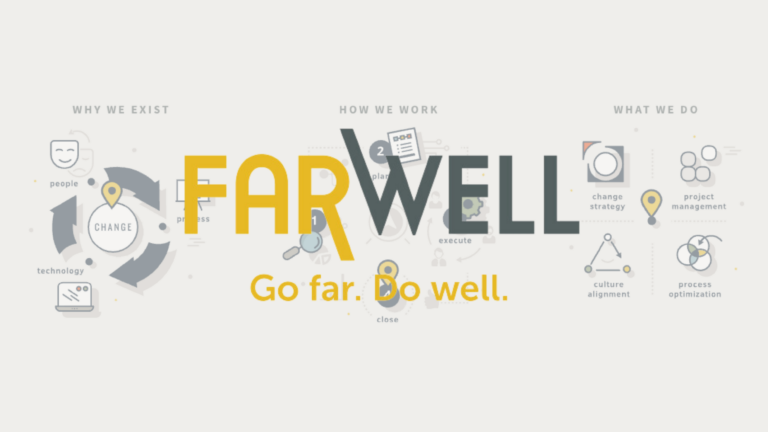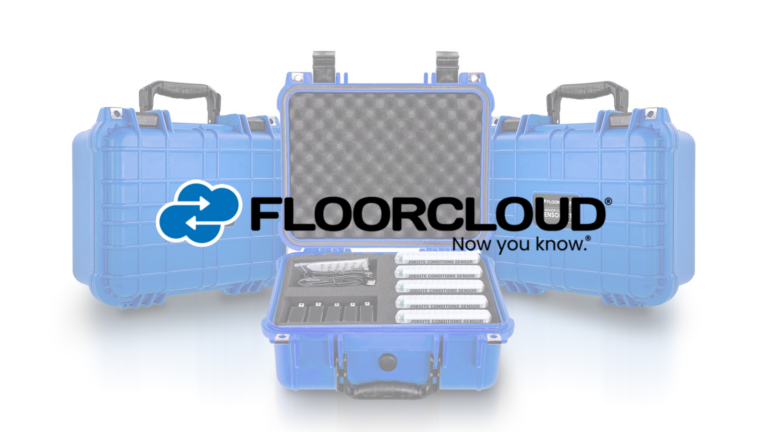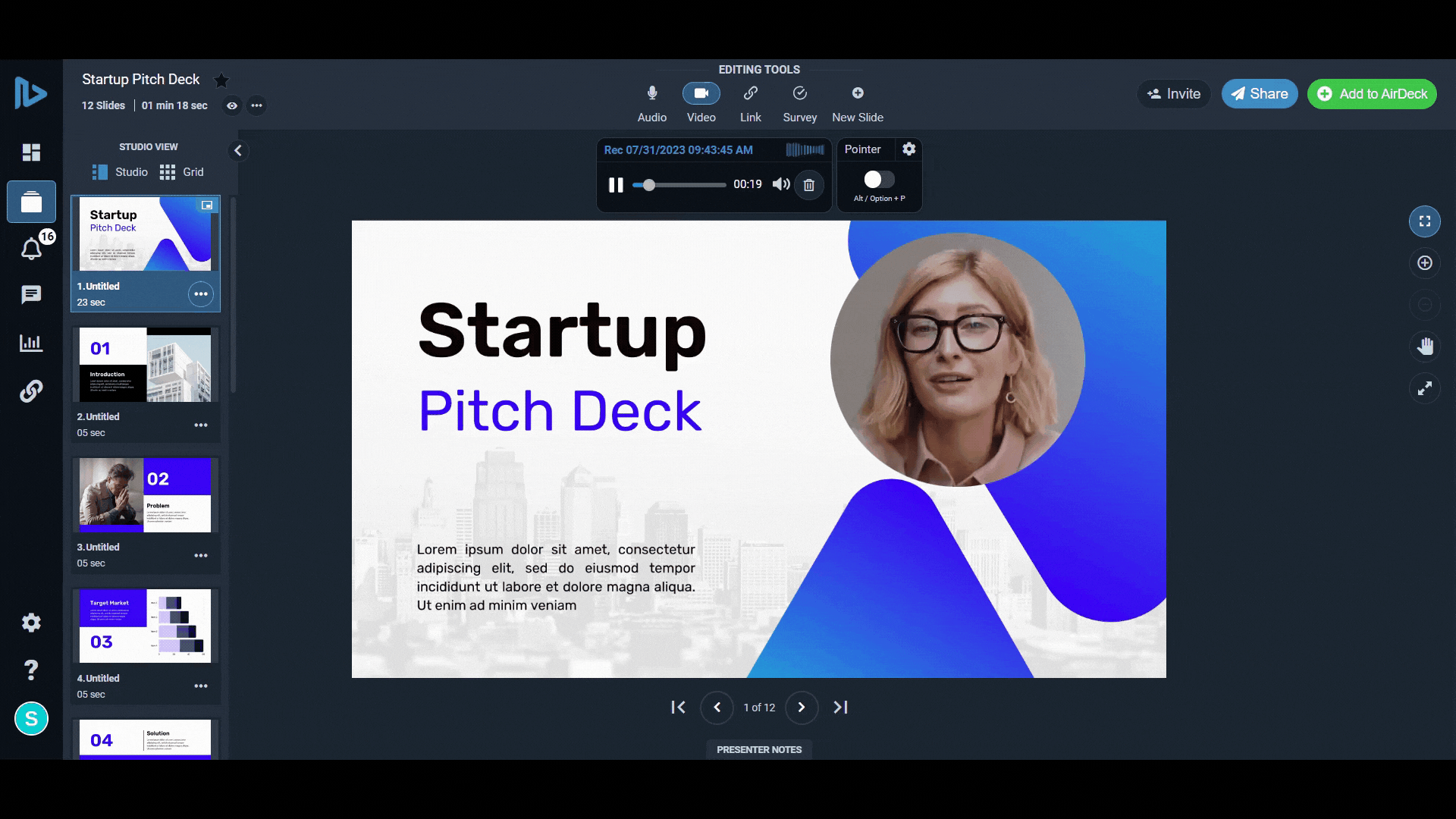What are hiring managers looking for when they browse your resume? According to Career Builder, 61% of them are weighing soft skills just as much as they do hard skills.
Soft skills—things like public speaking, digital literacy, leadership, and teamwork—can be hard to show on a static resume. But that’s not the only reason the static resume is dead.
Here are 5 ways a static resume can hold you back from getting your dream job:
- They’re not personal
Paper resumes may long be dead, but the proverbial stack of resumes sitting on a hiring manager’s desk is still very real. This is the biggest reason your static resume is falling short—it’s just not very personal.
Hidden among a stack of resumes (or a “stack” of PDF files), most resumes all look more or less the same, and it’s all too easy for yours to get lost in the pile. And for hiring managers, it’s all too easy for their eyes to start glazing over when they’re staring at their umpteenth, run-of-the-mill resume.
Sure, you can try to do your best to make your resume creative by manipulating different fonts, colors, and layouts—but your professional career is worth so much more than that.
At the end of the day, an old-fashioned, static resume will never be as personal as you need it to be.
- They’re cluttered
The golden rule for resumes is to keep it brief—one page, two pages, tops.
But it’s hard to adequately express all your experience, credentials, and expertise on just one page—not to mention your personality, attitude, and work ethic.
On the one hand, you can try to get everything down on one page. But this usually makes your resume cluttered, chaotic, and difficult to read. According to theladders.com, these are red flags for hiring managers, with other turn-offs including tiny font, long sentences, and very little whitespace.
On the other hand, if you try to streamline your content to fit it all nicely on one, clean page, you’ll have to end up leaving out some key details. Either way, you lose out.
- They don’t let you show your work
Remember in school when you were taught to show, not tell? The same rule applies to resume-building. After all, actions speak louder than words, so don’t just say you did something—show it!
Unfortunately, this is not a static resume’s forte. With a standard resume, the best you can really do to try and show your work is list some percentages, e.g., “25% increase in efficiency.” But showcasing the value of your work in percentages just isn’t a reality for every line of work.
This is where a live resume makes the difference.
With an active, breathing portfolio, you can show prospective employers tangible samples of your work. This lets you go beyond a simple job description and a list of bullet points. Whether you’re showing off your writing, design work, coding, or even a video clip of a presentation, a live resume gives you the power to really sell yourself—something you just can’t do with a static PDF or piece of paper.
- They’re old-fashioned
When it comes down to it, a static resume is just an old-fashioned look, and it certainly won’t help you stand out from the crowd.
To compete with dozens if not hundreds of other applicants for your dream job, you need to show off more than just your current job description. Remember those soft skills we talked about? Leadership, public speaking, creativity. This is what hiring managers want to see. So when it comes to talking about your soft skills, don’t just talk the talk—walk the walk.
How?
It’s hard to walk the walk with just a static resume, where there’s no room for you to speak, share samples of your work, or highlight your creativity.
You want to prove to prospective employers that you’re a future-thinker, primed for growth, and always one step ahead of the game. Sending them an old-fashioned static resume just sends them the opposite message.
- They hinder your creativity
With a basic, one-page resume, there’s little room for you to express yourself creatively.
Okay, so you can play around with different fonts, colors, or layouts … but what does that really show about you, your work, and your personality? Plus, as you try to add a creative flair to your static resume, you have to be careful; if you get too carried away with the styling, you risk making your resume too hard to read or—worse—unprofessional-looking.
So, how can you let yourself shine through? When it comes to a static resume, there isn’t really an answer.
While you’re certainly not just another face in the crowd, a static resume can, unfortunately, make you look that way. To showcase your creativity, prove your credibility, and land the interview, you need a new way to build your resume.
Ditch the static resume for an active experience with AirDeck
In the modern job market where competition is tough, the static resume just isn’t enough to make you stand out.
You’ve already gone digital. Now, it’s time to go active.
But don’t worry—you don’t have to reinvent the wheel. Transforming your go-to, static resume into an active, dynamic experience with AirDeck is simple.
Start by uploading your PDF, Word Doc, or any other of the 210+ file formats supported by AirDeck. Then, show your face by recording a video-narrated introduction. Walk your audience through your resume by overlaying your document with personalized audio narrations. And show your work by including samples from your portfolio. Finally, send it off to your dream job with one clean, secure link.
It’s modern. It’s frictionless. And it’s fresh.
What you can offer prospective employers with this kind of active experience is simply impossible with an old-fashioned static resume. And when it comes to selling yourself for your dream role, an active resume packs a one-two punch: Not only can you share more content in an AirDeck resume than you can in a static resume, but the fact that you’re breaking the mold and thwarting convention will speak volumes to hiring managers.
You’re not average, so it’s time to stop sending average resumes.














